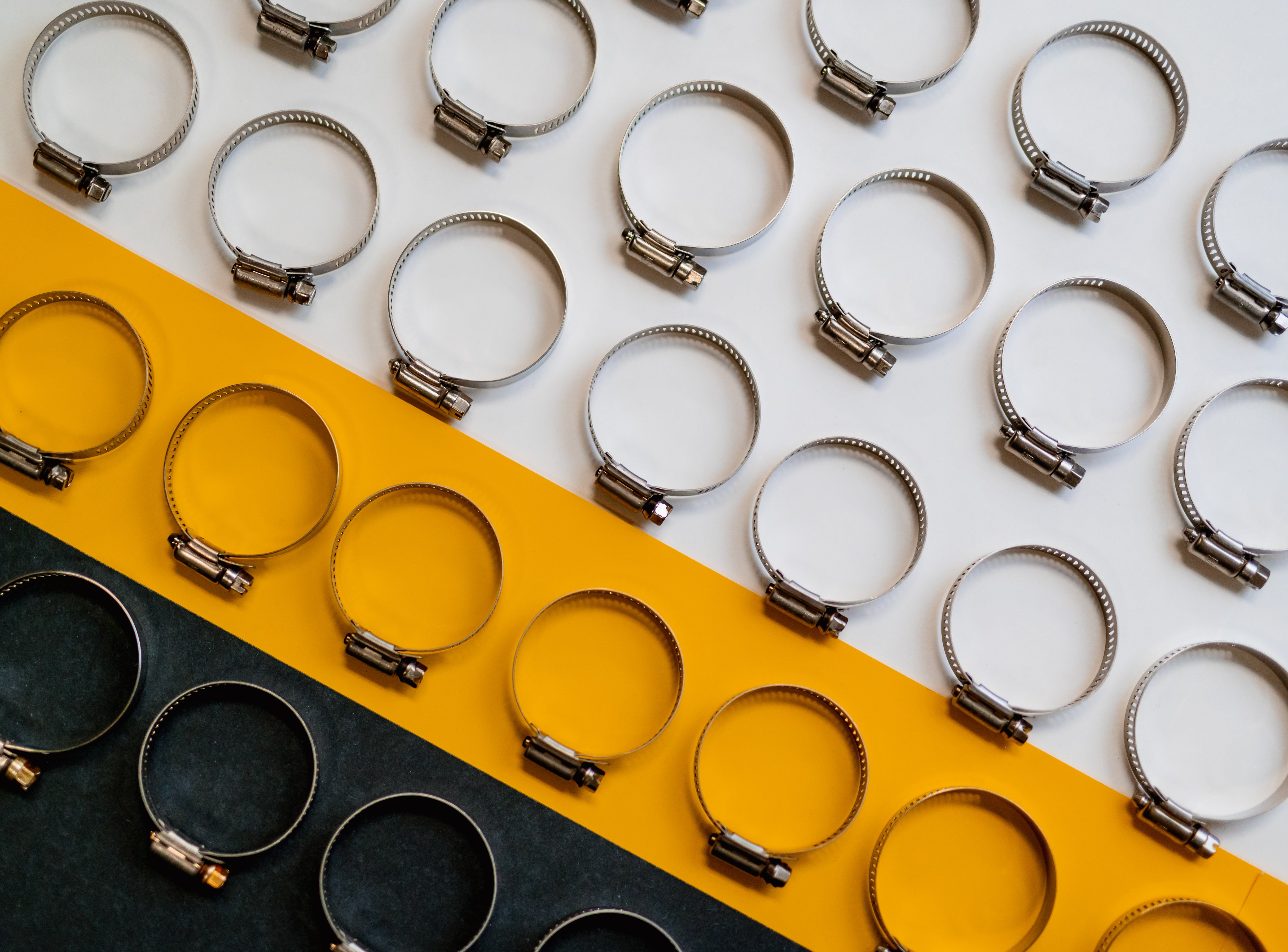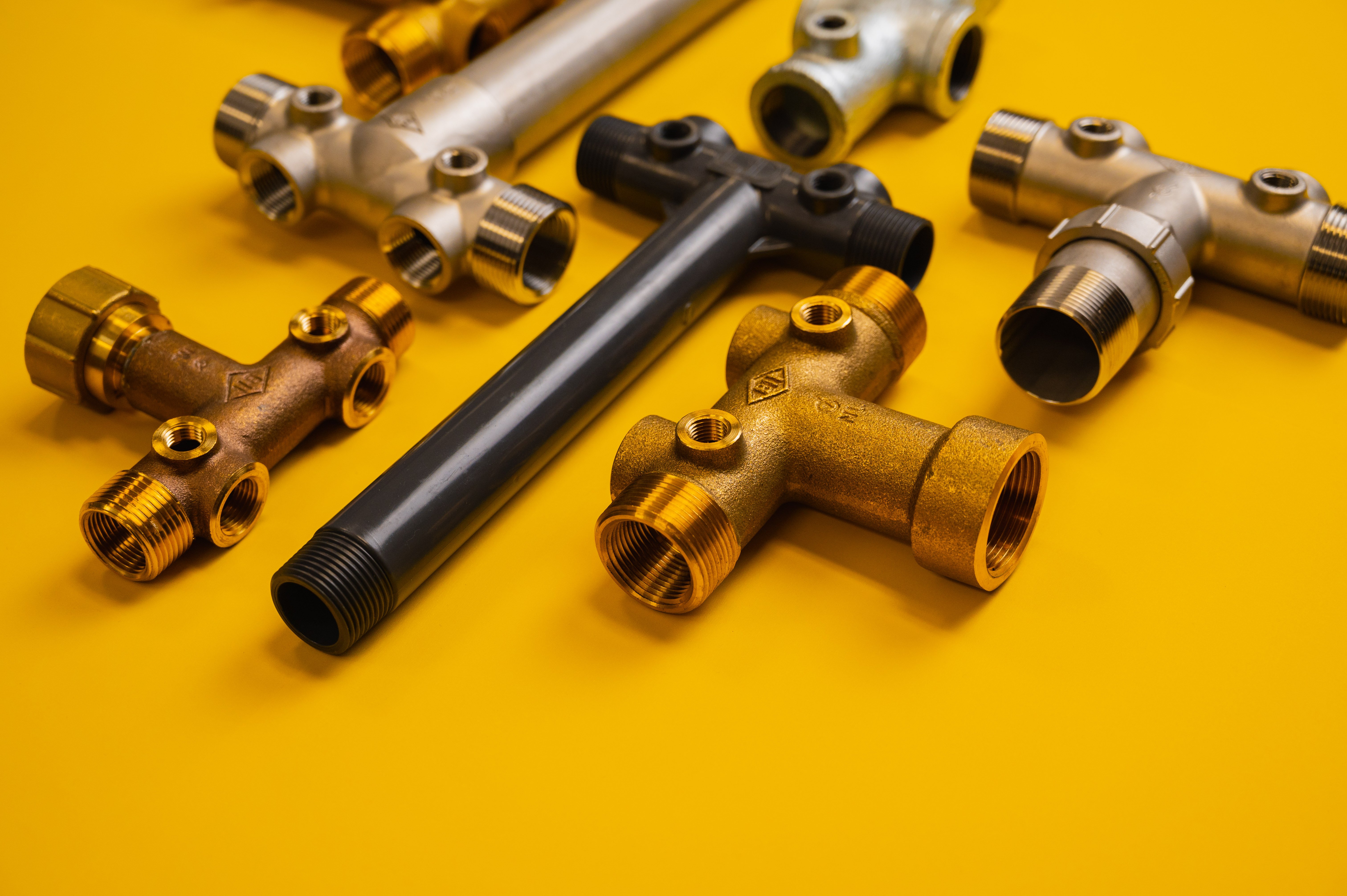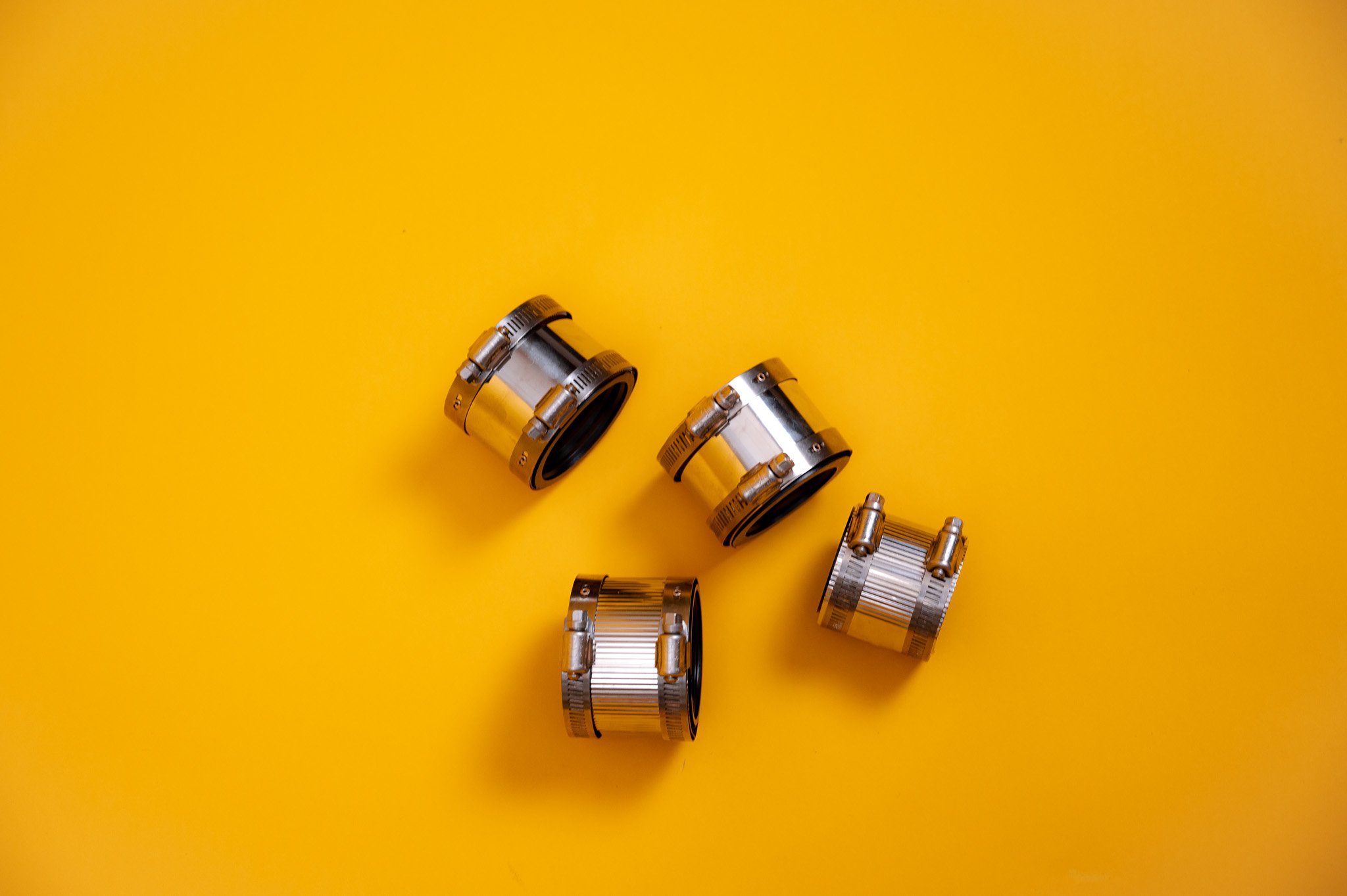When it comes to Plumbing and Water Well products, there’s a wide range of connection types out there — some easy to recognize, others a bit more tricky. Each type comes with its own pros, cons, and ideal use cases. To help you navigate the options with confidence, we’ve put together a quick-reference cheat sheet. It’s designed to break things down simply and clearly, so you’ll know exactly which connection type is the best fit for your next application.
Let's take a look.
The connection types we are going to cover in this guide are the following:
- Barbed/Insert
- Mini Bar/Poly Barb
- Threaded
- Slip/Socket/Spigot
- Combination Nipples/Hose Menders
- Crimp/Cold Expansion
- Push Fit
- Plastic Quick Connect
- Twist & Lock
- Solder/Copper
- Compression
- Garden Hose
Barb/Insert
Barb is considered a key component to a fitting. Visually, you can see the differences between barb and threads for example. Some people refer to barb fittings as insert fittings, both are correct terms. The barbs are inserted into tubing, hence the name barb or insert. Because of the design on barb fittings, they stay in place very well.
Because of the design on barb fittings, they stay in place very well.
Every part you run into, the barbs may look different as sometimes barbs are large or small or even more spaced out depending on the fitting and what it will be used for.
Mini Barb/Poly-Barb
Mini barb, often called poly-barb, is a connection type used to connect polyethylene tubing and have really good vibration resistance. The term "mini" refers to the fitting being available in smaller sizes compared to regular barbed fittings.
Threaded
 Most fittings you’ll encounter use threaded connections. National Pipe Thread (NPT) refers to the standard for measuring the tapered threads found on both fittings and pipe. These threads come in two types: male (MPT) and female (FPT). Male threads (MPT) are located on the outside of
Most fittings you’ll encounter use threaded connections. National Pipe Thread (NPT) refers to the standard for measuring the tapered threads found on both fittings and pipe. These threads come in two types: male (MPT) and female (FPT). Male threads (MPT) are located on the outside of.png?width=140&height=116&name=SS304E-05%20(angle).png) the pipe or fitting. Female threads (FPT) are on the inside. See photos for examples.
the pipe or fitting. Female threads (FPT) are on the inside. See photos for examples.
You may also come across the terms MIP (Male Iron Pipe) and FIP (Female Iron Pipe), which are simply alternative names for MPT and FPT. They refer to the same thread types and sizes.
Slip/Socket/Spigot
These connection types can be found in Sch 40 & Sch 80 PVC fittings. Slip connections are  considered a female connection and can also be known as the hub. A slip or socket connection allows for the spigot end to be inserted.
considered a female connection and can also be known as the hub. A slip or socket connection allows for the spigot end to be inserted.
For spigot, you can insert into a slip or socket connection using glue to secure it. Opposite of slip, spigot is considered a male connection for PVC fittings.
Combination Nipples/ Hose Menders
Combination nipples main job is to transition from hose to pipe or valves. You can use hose menders to connect two lengths of hose together or if you need to repair a section of the hose. They are both great options when being used with thermoplastic and natural rubber straight end hoses. The barbs found on these fittings are created specifically for those applications.
You can use hose menders to connect two lengths of hose together or if you need to repair a section of the hose. They are both great options when being used with thermoplastic and natural rubber straight end hoses. The barbs found on these fittings are created specifically for those applications.
Crimp/Cold Expansion
Crimp and cold expansion are both great options for use with PEX tubing. For  crimp connections, the pipe is crimped on the fitting using a crimping tool. Simply add a crimp ring onto the tubing and the ring interacts with the ribs on the fitting, making a secure connection.
crimp connections, the pipe is crimped on the fitting using a crimping tool. Simply add a crimp ring onto the tubing and the ring interacts with the ribs on the fitting, making a secure connection.
Cold expansion uses a specific ring that tightens the connection, typically referred to as a sleeve. You can make the connection by placing the sleeve on the PEX tubing and expanding the sleeve, finally inserting the fitting. Then, provide some time for the tubing to shrink back to its original size to create a secure connection.
Push Fit
Push fittings are mainly used to connect copper tube size (CTS), CPVC or PEX. You will find push fit connections on both fittings and ball valves.
For example, Copper tube size is a smaller tube size compared to NPT which means you cannot use NPT with push fittings. The connection is made by pushing the tube over the tube support, right into the connection, then a special disconnect tool can be used for simple  disengagement.
disengagement.
Plastic Quick Connect
Similar to push fit, plastic quick connect fittings have tubing that gets pushed into the fittings socket. Once the end of the tube hit the tube stop, the connection is secure.
Twist & Lock
Twist & lock connections are a little bit of push fit and compression technology. They lock into place by simply twisting the locking nut clockwise, allowing them to tightly secure to the tubing.
 Solder/Copper
Solder/Copper
These connections were very popular years ago, but are less common now. Because soldering is a risky process, they have been replaced by other connection types. Copper pipe is inserted into the fitting, then solder fills the gap between the pipe and the fitting.
Compression
Compression fittings are made of three separate pieces, as seen in the photo. When you tighten the nut, pressure is put on the sleeve, securing the connection. You will find compression fittings being used in plumbing systems to join tubing together like polyethylene or copper.
tighten the nut, pressure is put on the sleeve, securing the connection. You will find compression fittings being used in plumbing systems to join tubing together like polyethylene or copper.
 Garden Hose
Garden Hose
Garden Hose Thread is typically seen as GHT and comes male (MGHT) and female (FGHT). GHT is very different from NPT and cant be used interchangeably. A good rule of thumb is that if you have a water hose fitting requirement, this would be the connection you would use.
In Conclusion:
Save this guide for future use! You can keep this handy to refer to when you are needing a fitting and unsure which connection type would work best for you. Let us handle the heavy lifting.





SHARE